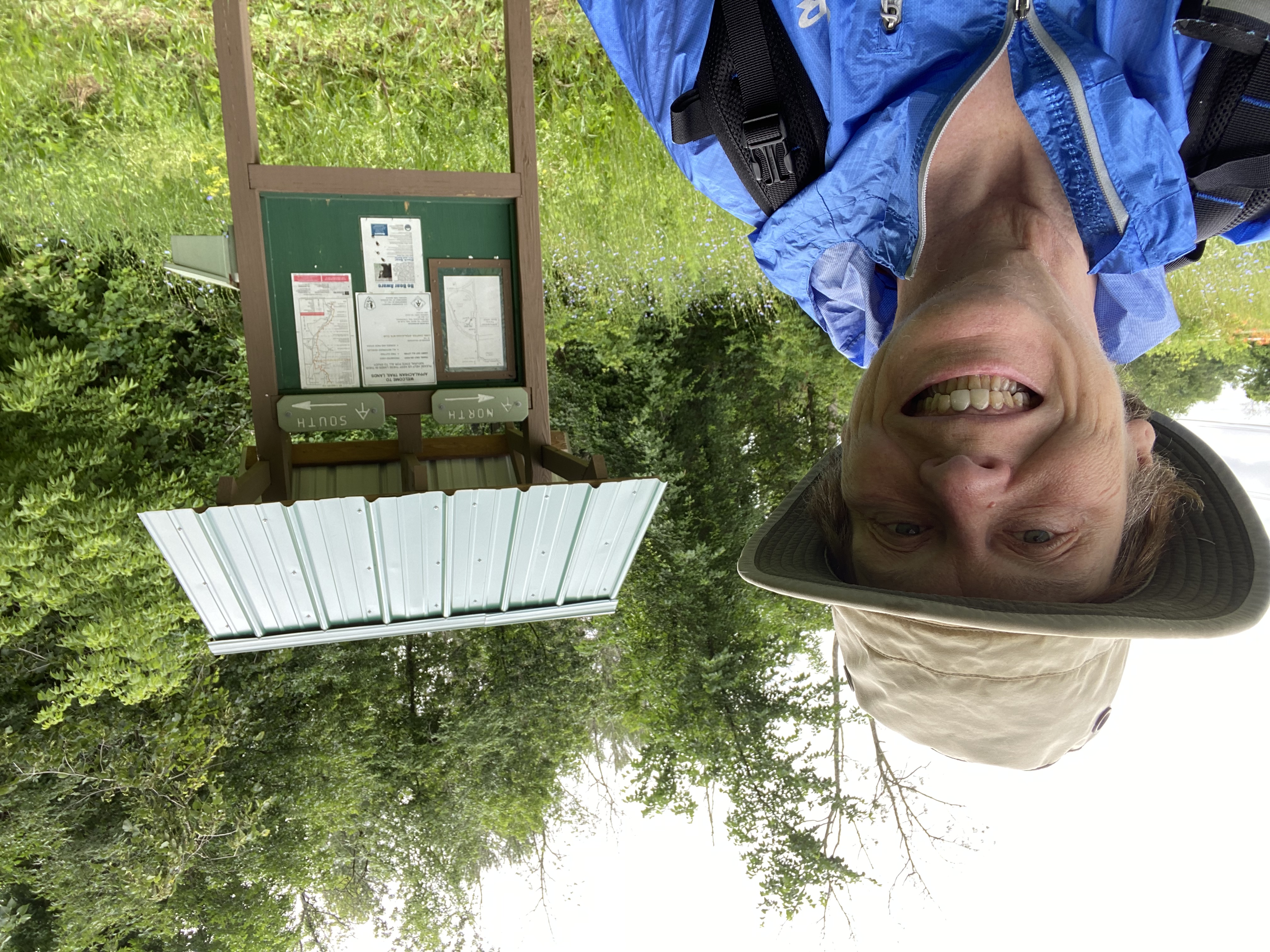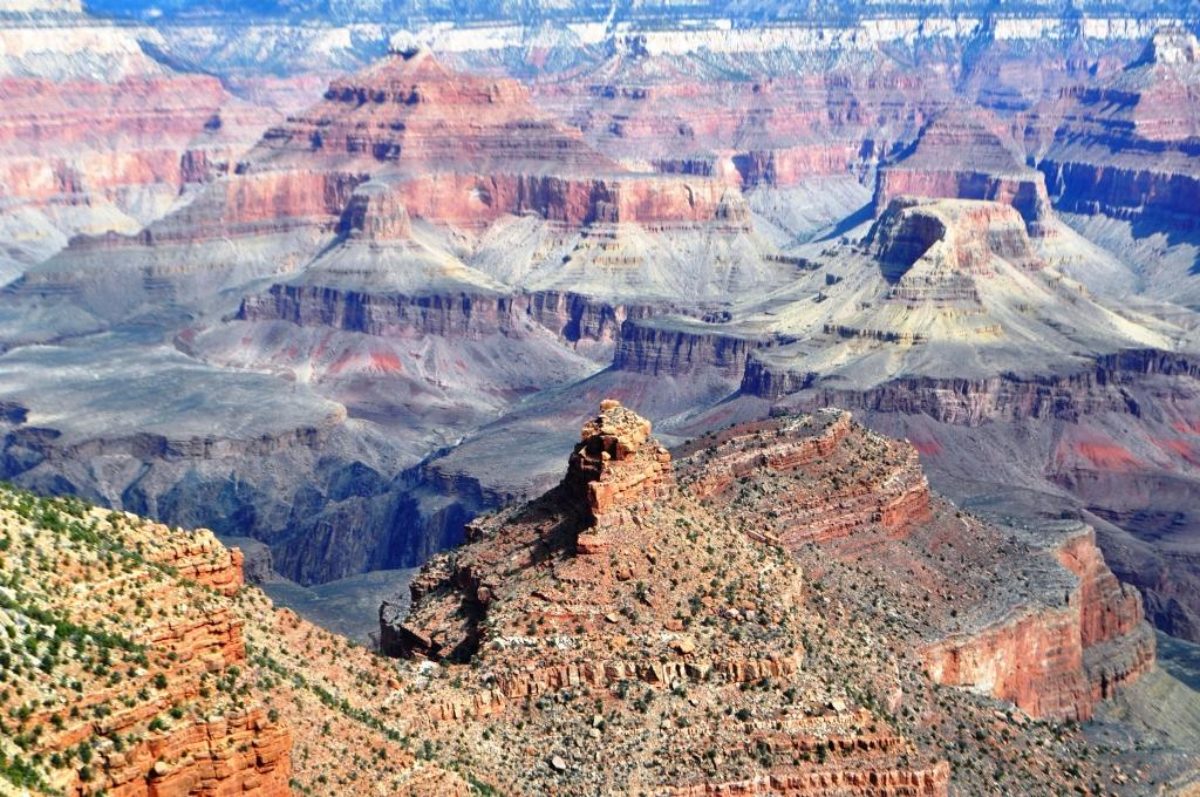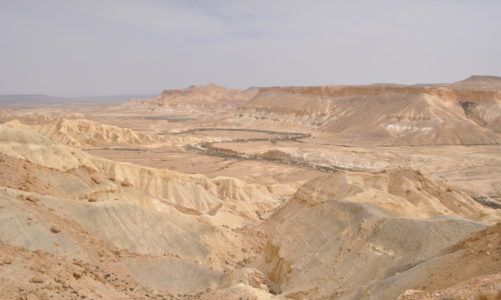It’s HOT this week. I live in generally cool New England, on a mountain, no less, and I’m wishing I had AC this week. (Most houses here don’t have it because we usually don’t need it.)
In mid-July, the bulk of the Appalachian Trail thru-hikers are by now somewhere in the mid-Atlantic or southern New England regions, and you can’t ask for a worse place to be when the thermometer edges into triple digits.
I know because when I thru-hiked the AT, a heat wave with the palpable force of a tsunami hit just as we arrived in New York. The air shimmered, the humidity rose to sauna-like levels, and when we crossed highways, we could feel soft melting tar burning through the soles of our hiking shoes. The heat didn’t break until northern Massachusetts.
It seemed like a giant dinosaur had gobbled up everyone else on the trail for that couple of weeks. We didn’t pass any other hikers, and no one passed us. And we couldn’t even find respite in the usual places: When I scrambled down to a lake in Fahnstock State Park, I plunged into water that was full of mud and vegetation and as warm as a hot-tub. The other hikers — the smart ones — had abandoned ship and headed for the beach.
So I’m going to offer that up as your first strategy: STOP! Hiking is supposed to be fun, not life-threatening. (And hiking in heat CAN be life-threatening: Every year, it seems, I read a newspaper article about some hiker — usually a middle-aged male, too stubborn to stop) dying of a heart attack on a hot day on a steep hill. Seriously. I know a lot of people reading this are super-fit thru-hikers, but even if you’re super-fit, why endure the misery?
But if you choose to stay on the trail, here are a few tips to keep you, if not comfortable, then perhaps a little less uncomfortable.
1) Drink water regularly. Keep water bottles full, and don’t push on past water sources.
2) As important as water: Food! Eat little bits of snacks, especially GORP and energy bars and grain-filled snacks even if you don’t feel hungry (which you probably won’t, because who wants to eat when it’s a million degrees outside?) Anything with a little salt and sugar will help replace electrolytes you lose while sweating and will help prevent a dangerous condition called hyponatremia, which results from an electrolyte imbalance. I don’t want to go all Chicken-Little on you with life-threatening dangers, but hyponatremia is nasty (if you don’t believe me, talk to rangers and nurses at Grand Canyon National Park about it).
3) Take cooling off breaks whenever possible: This includes sitting in spots of shade and, even better, immersing yourself in cold water whenever possible. Assuming, that is, you can find any.
4) SLOW it down! Set a slow climbing pace, and adjust your daily mileage if necessary.
5) Use hot weather fabrics. We have the technology, damn it! Start with nothing cotton — not even your socks. Cotton absorbs moisture, leading to discomfort, blisters (on your feet) and rashes under pack belts). Wicking fabrics like lightweight Capelene will bring the sweat away from your skin slowly — just what you need to stay as cool as possible. Gentlemen: wear shirts. Going shirtless can lead to sunburn, dehydration, and heat stroke.
6) Wear a light colored hat. It keeps the sun off your head (important for everyone, but especially for bald people and those with dark hair). Hats help keep bugs away, too.

7) Sunglasses may help some people with the perception of being cooler. I can’t promise anything here; this tip comes from my own experience, and YMMV. But try it and see if it works for you.
8) Neckties filled with small water-absorbing crystals can help keep you cool. Soak the tie in cold water and sweat it around you neck. Kafta’s Kool Ties (R), one of the original manufacturers in this field, has received positive feedback from the U.S. Military about the product and its effectiveness in hot weather. Hot weather ties are available on-line or at outdoor retailers such as REI.
9) Make like a rattlesnake: Experiment with napping during the heat of the day, assuming you can find a nice shady shelter somewhere; then hike your big miles early in the morning and into the cooler evening hours.
10) This is a great time to experiment with carrying a lighter backpack. Heavy backpacks are painful in ANY weather, but even more in the high heat. And when it’s 100 degrees out, you don’t really need to be carrying that much, so check out what you can live without — then go ahead and live without it.
Good luck to everyone out there!


